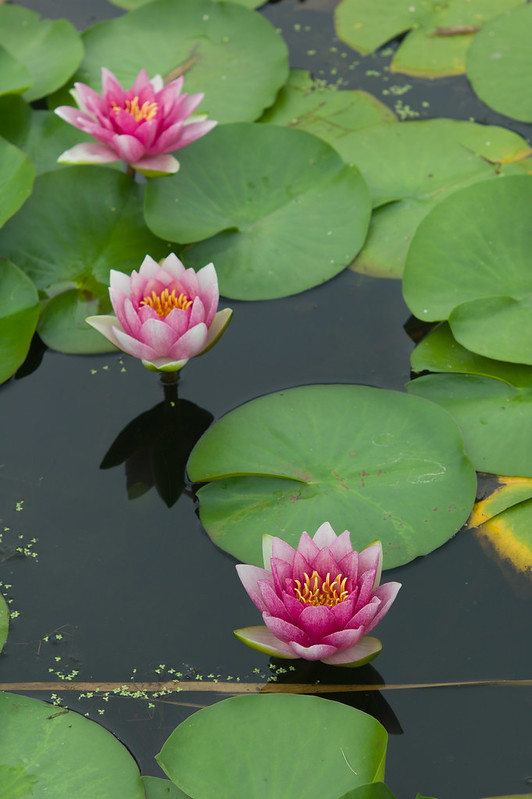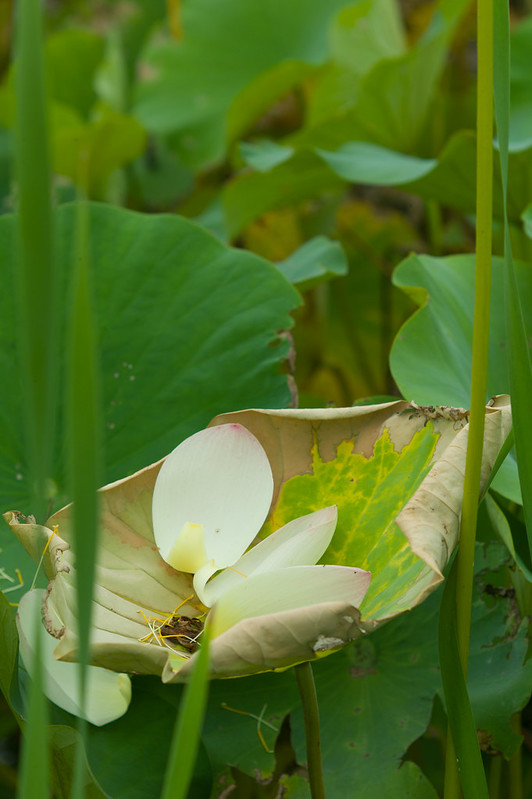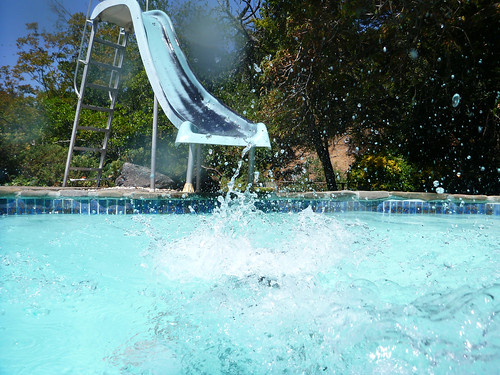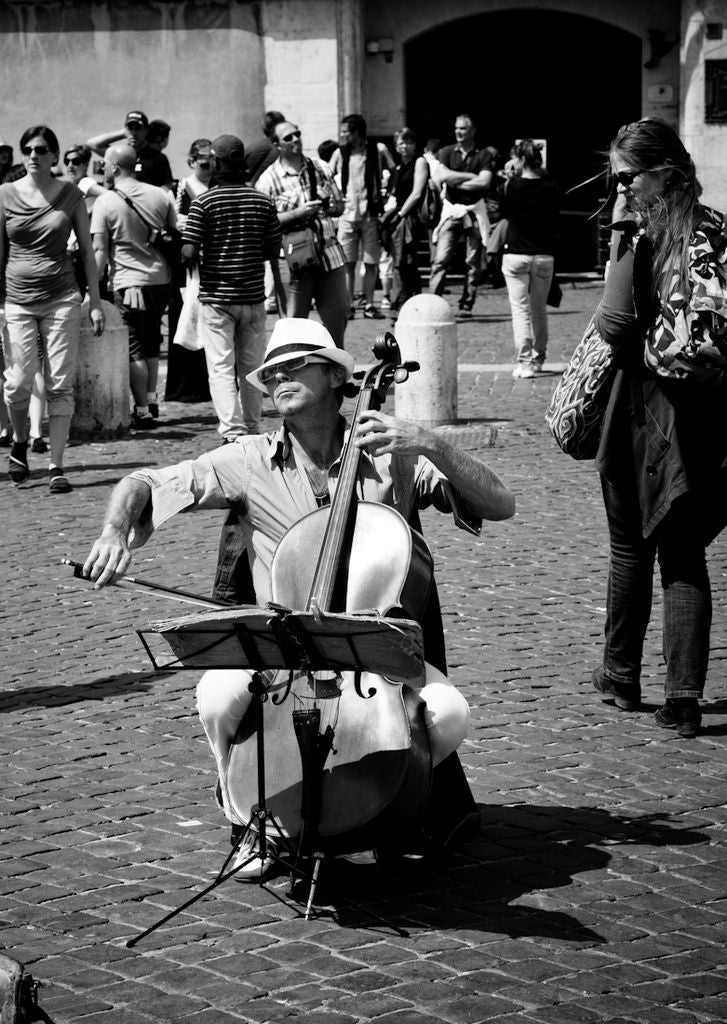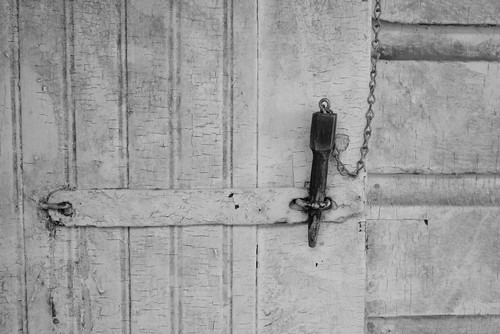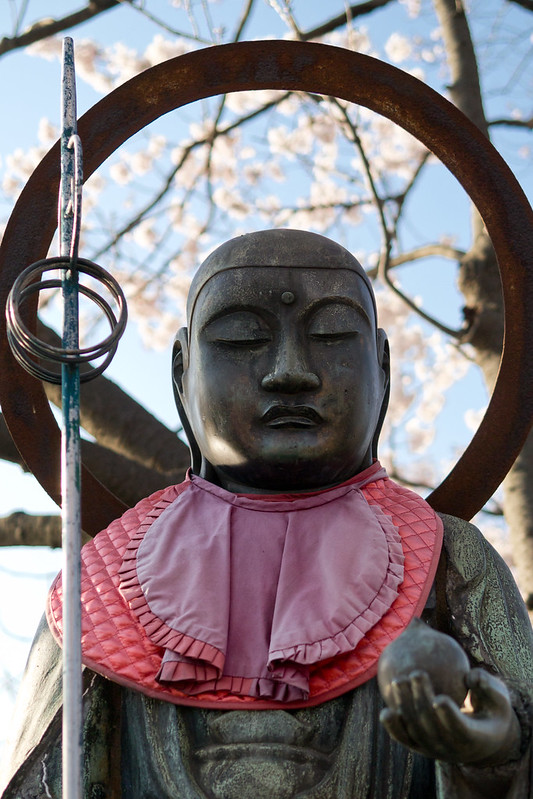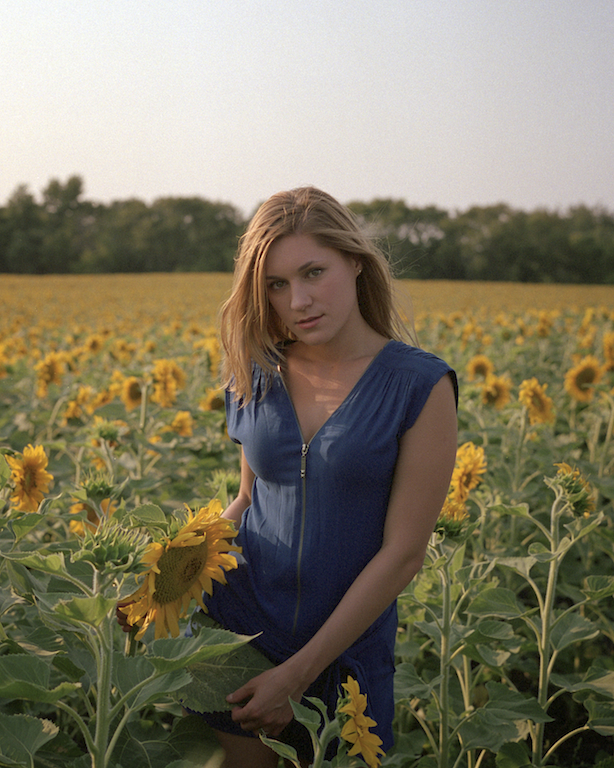Near Perfection, by Reed A. George
Leica M9, 135mm Hektor f4.5
iso 200, f8, 1/125 sec
I've written before, recently, about the challenges of photographing often-photographed subjects. Yesterday, I decided to re-familiarize myself with an old lens, now that I have a Leica M9 that accepts older lenses without demanding a lens code and UV/IR filter, or cropping the image by a factor of 1.33x, as the M8 did.
All images in this post were made with the Leica Hektor 135mm f4.5 (ca. 1955). I think it's front-focusing by a small amount, but by f8 it looks pretty good. It certainly has character.
I went to my local Buddhist temple, which has a gorgeous set of small ponds with lotus flowers. The image above is the one that I think anyone would take. The amazing shape of the blossoms, along with the incredible colors and the repetition of the shape three times make for a nice, standard composition.
I wanted something more, something that may not appeal to everyone, but required a different perspective from me as an artist. The following images are what emerged - I call them "Perfection Lost."
Perfection Lost Number One, by Reed A. George
Leica M9, 135mm Hektor f4.5
iso 200, f8, 1/250 sec
You see, as Buddhism would teach us, all things are temporary. The blossoms achieve perfection only to be destroyed, to "go to seed," as some would say. They maintain beauty, just not perfection. And going to seed just starts the cycle over again.
Perfection Lost Number Two, by Reed A. George
Leica M9, 135mm Hektor f4.5
iso 200, f9.5, 1/90 sec
Perfection Lost Number Three, by Reed A. George
Leica M9, 135mm Hektor f4.5
iso 200, f8, 1/125 sec
Perfection Lost Number Four, by Reed A. George
Leica M9, 135mm Hektor f4.5
iso 200, f6.7, 1/180 sec
You see, life is not linear, going from start to finish. It is circular. It goes in cycles. That's comforting to a person a little past mid-life.
DMC-365.blogspot.com
